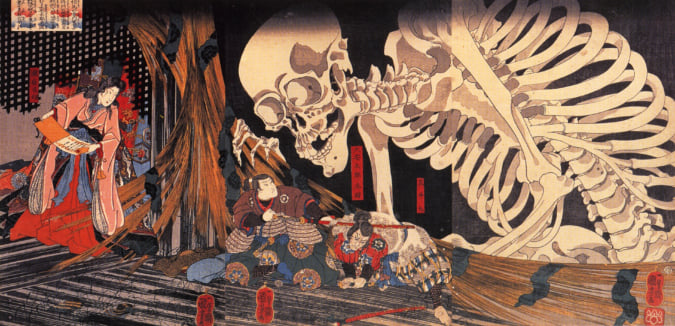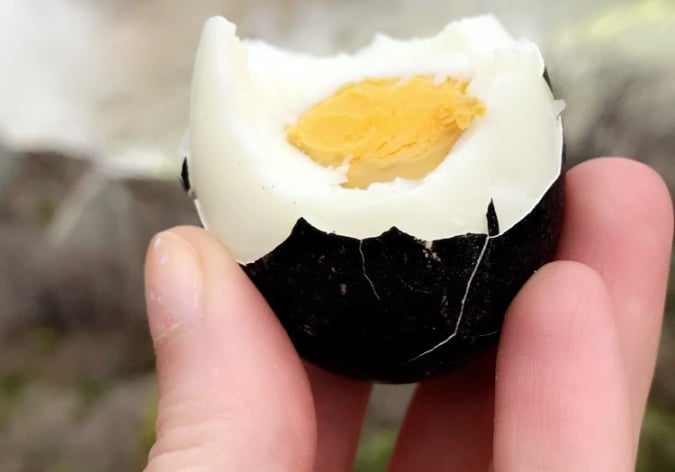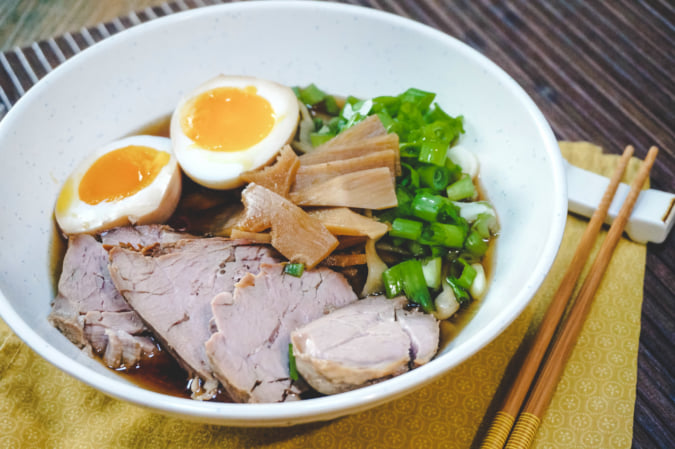Sachiko Kanenobu, the First Female Japanese Songwriter, Composer, and Performer
With her first album 'Misora', released in 1972, the guitarist and folk singer achieved great success that endured for years.
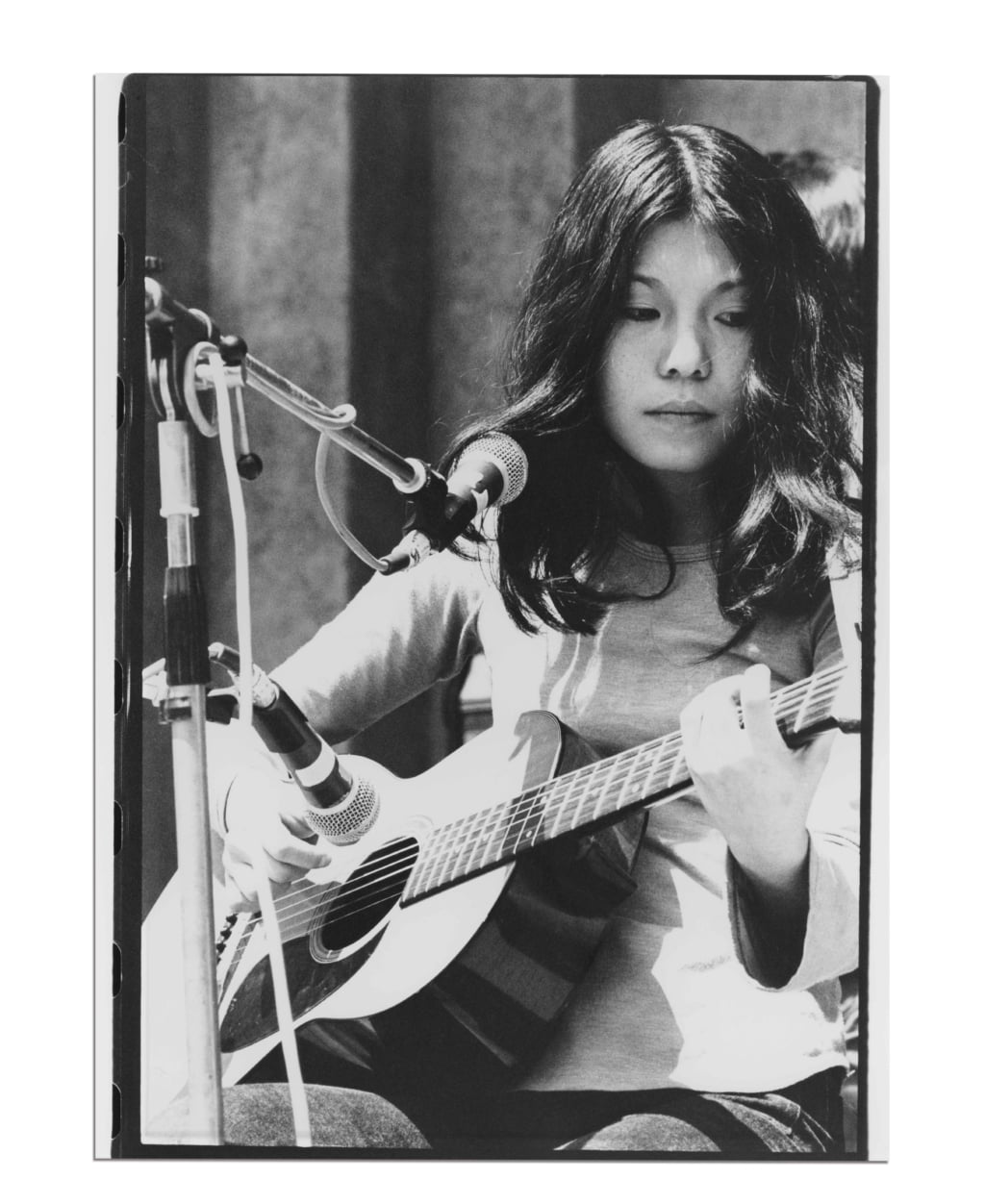
Seven days is all it took to record Misora, the first album by guitarist and singer Sachiko Kanenobu, with the majority of the songs being recorded in just one take. This folk album was produced by the iconic duo Haruomi Hosono and Takashi Matsumoto, leaders of the group Happy End. Misora, released in September 1972, contains gentle pop melodies in which the artist alludes, with restraint, to the feelings of love and melancholy she experienced as a young woman of twenty.
An album that was shelved for years
Sachiko Kanenobu was born in Osaka and also grew up there, and started learning the guitar as folk music was beginning to take over school playgrounds and colleges. Heavily inspired by Donovan, a leading British musician in the mid-60s, the young woman wrote the lyrics and melodies for the songs included on Misora. She had to be patient, however. Her record company Underground Record Club (URC), one of the first independent labels in Japan, relegated her music to the bottom of the list for many years, preferring to shine the spotlight on the folk scene’s male musicians. ‘It was still a man’s world in Japan. URC focused on songs with a big message. Anti-war, social statements… The music was mostly by men. But women were pushed to the back. I waited and waited’, Sachiko Kanenobu explained in an interview with Popmatters in July 2019.
Once released, Misora experienced great success in Japan, which has never waned. This is evident from her sell-out tour of the country in 2018, during which Sachiko Kanenobu played her iconic album in its entirety, and the fact that the Seattle-based independent record label Light in the Attic reissued a remastered version of the album in June 2019.
Misora (2019), the reissue of Sachiko Kanenobu’s album, is produced by Light in the Attic.
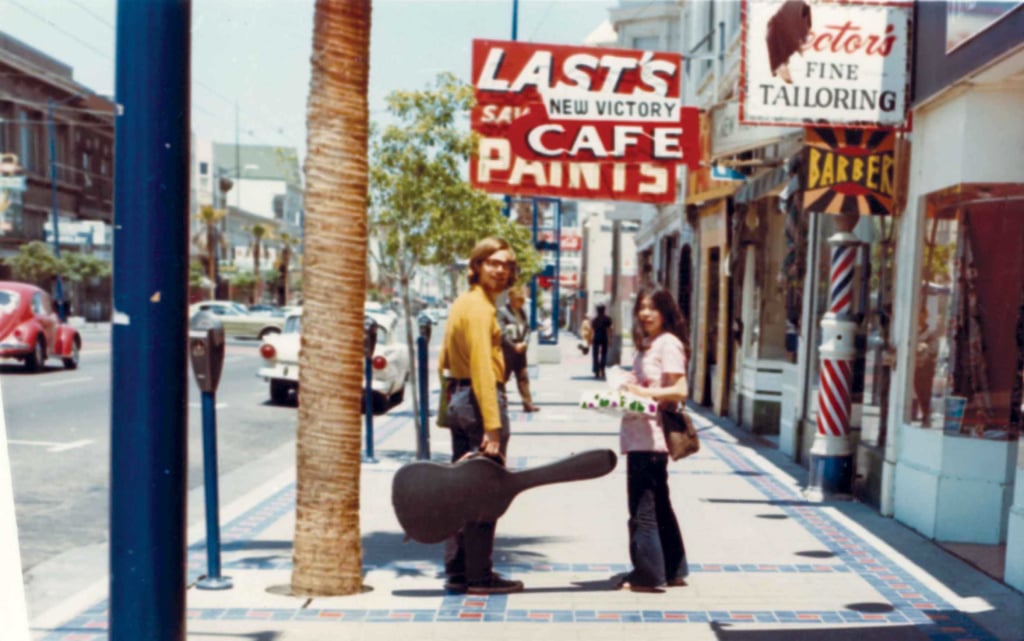
© Light in the attic
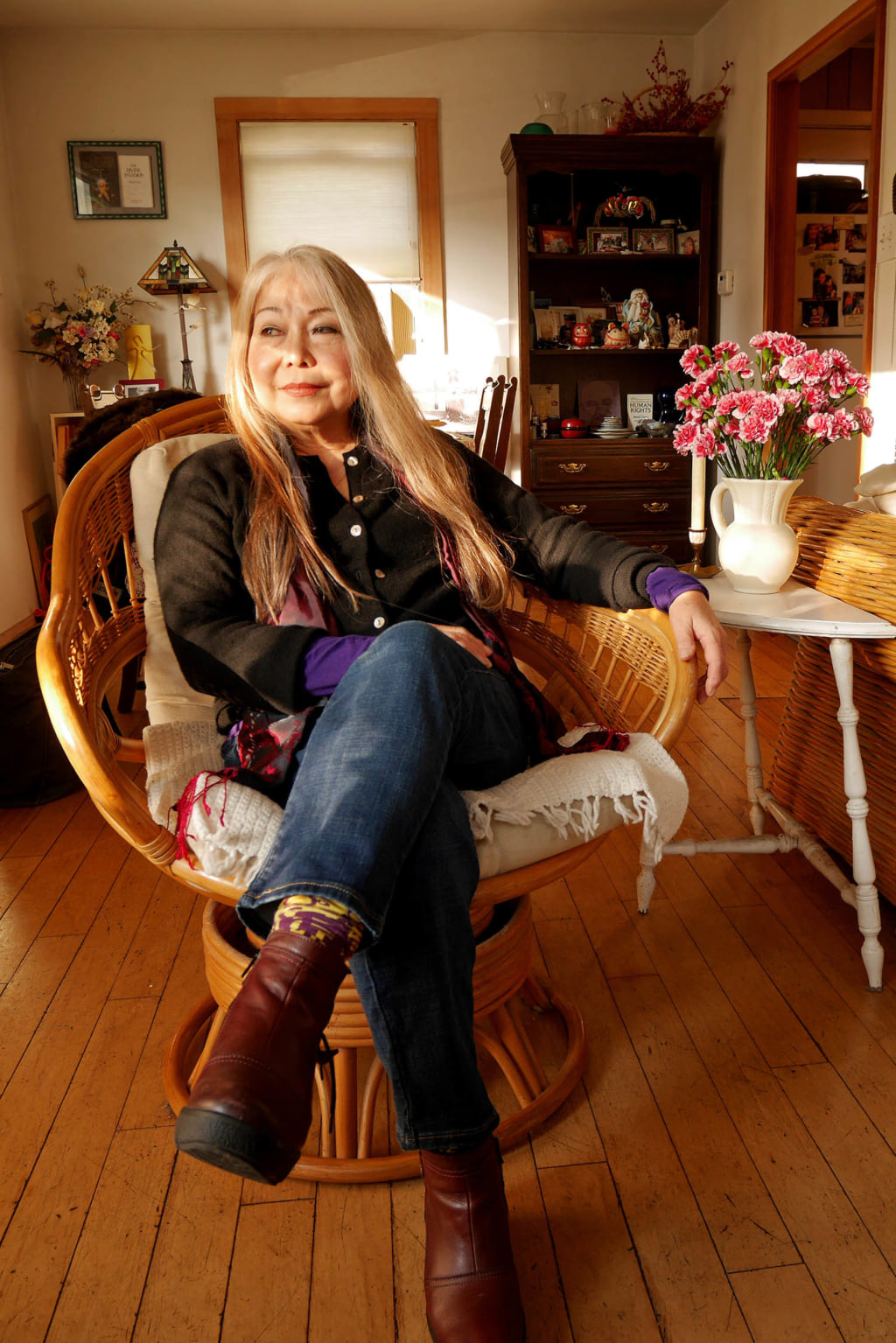
© Light in the attic
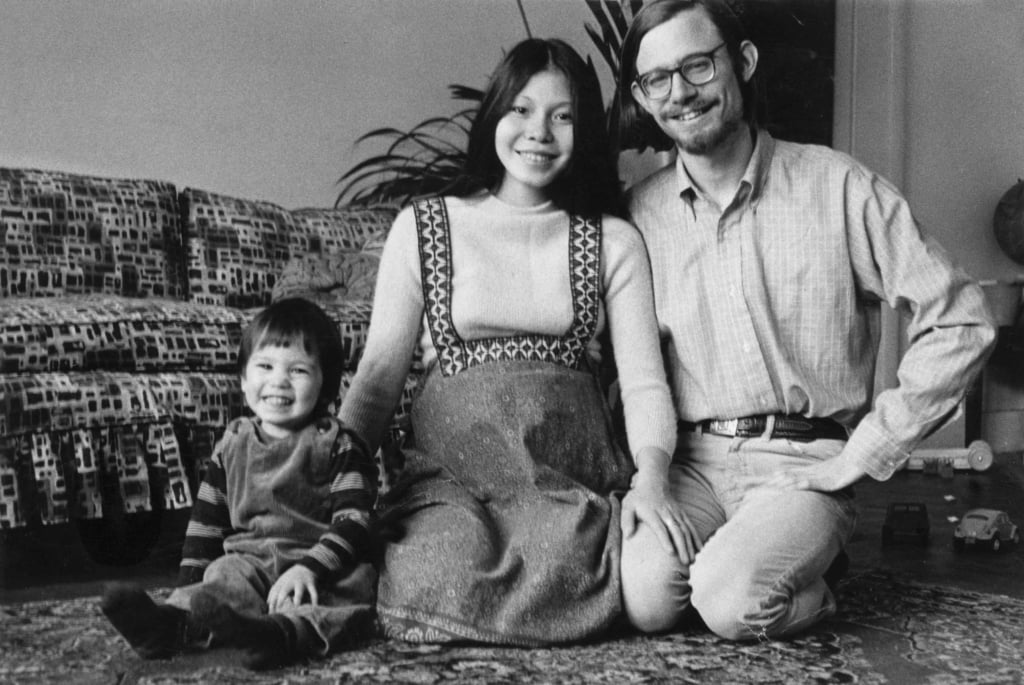
© Light in the attic
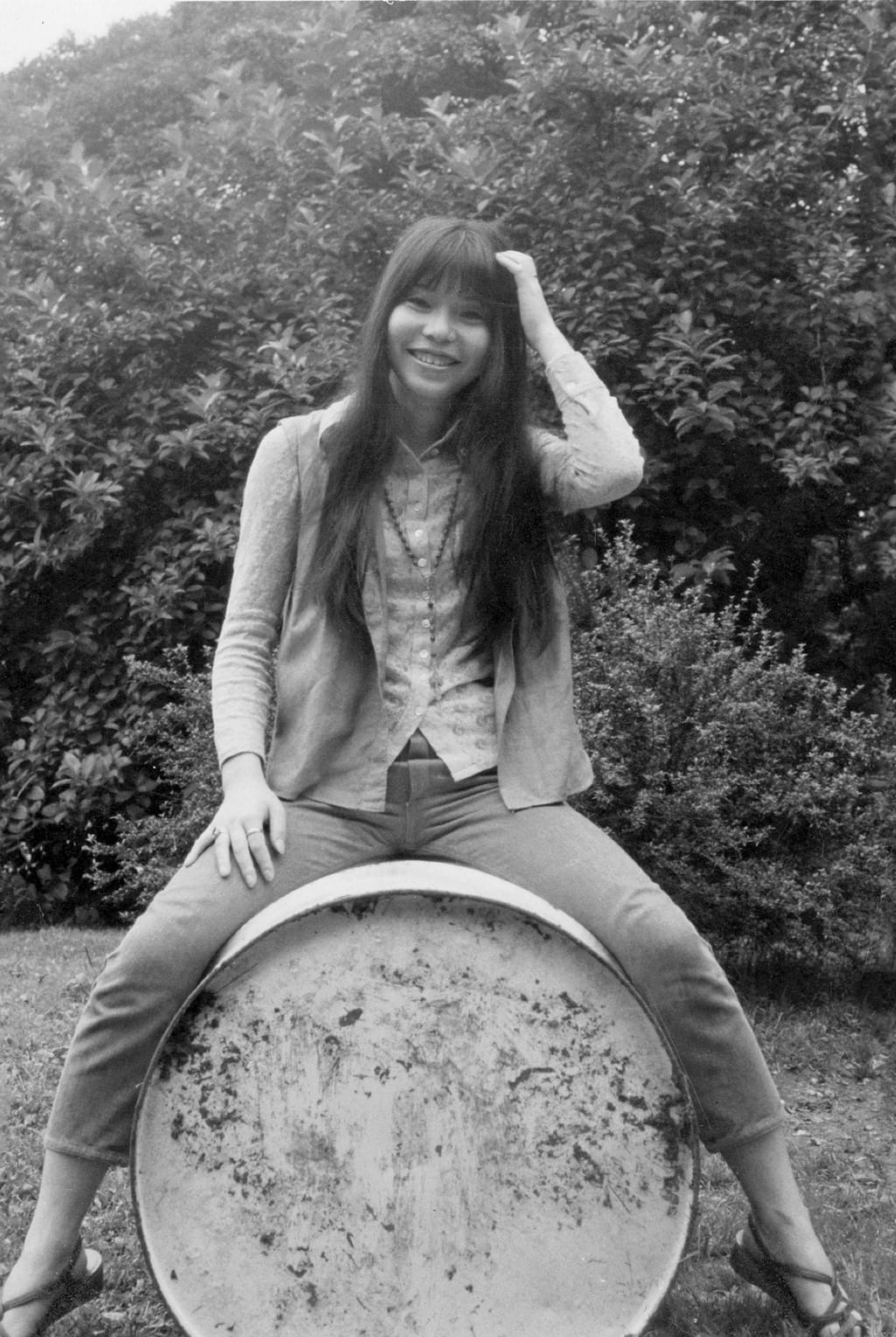
© Light in the attic
TRENDING
-
Gashadokuro, the Legend of the Starving Skeleton
This mythical creature, with a thirst for blood and revenge, has been a fearsome presence in Japanese popular culture for centuries.

-
The Tattoos that Marked the Criminals of the Edo Period
Traditional tattoos were strong signifiers; murderers had head tattoos, while theft might result in an arm tattoo.

-
The Tradition of the Black Eggs of Mount Hakone
In the volcanic valley of Owakudani, curious looking black eggs with beneficial properties are cooked in the sulphurous waters.

-
Recipe for Ichiraku Ramen from ‘Naruto’ by Danielle Baghernejad
Taken from the popular manga with the character of the same name who loves ramen, this dish is named after the hero's favourite restaurant.

-
Tatsuro Yamashita, King of City Pop
The visionary pop singer and producer, who endowed the Japanese tech-boom as a utopian escape for future generations.

